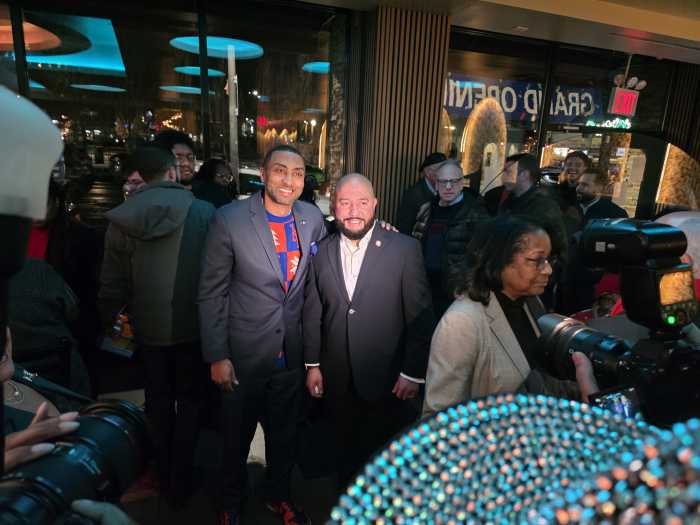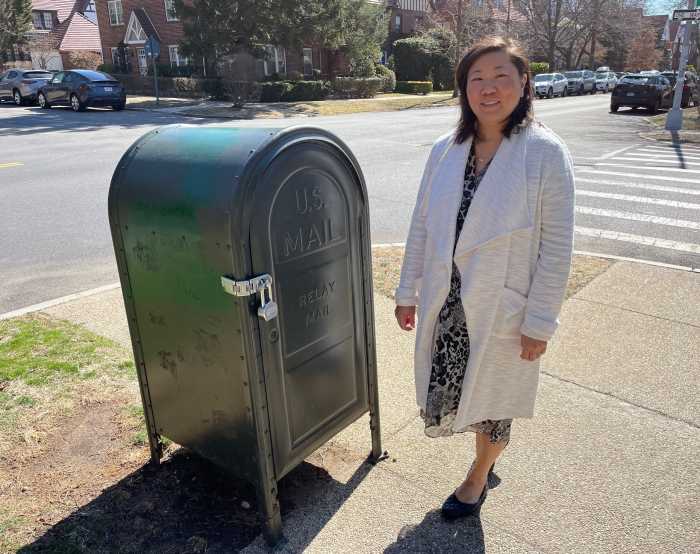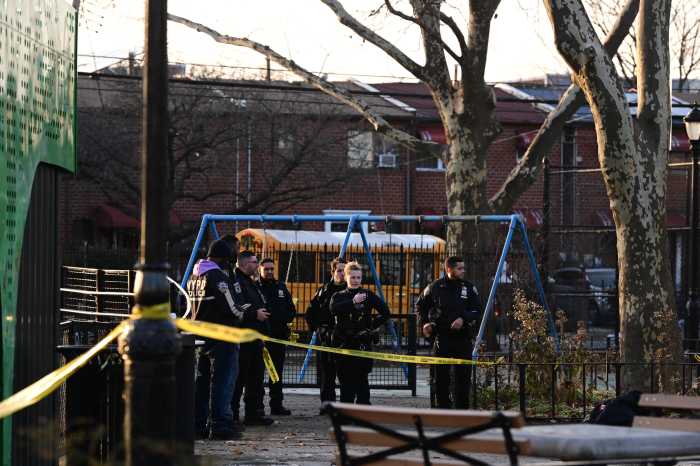In the 2022 elections, in one of the bluest states in the nation, one House seat after another fell to the Republicans. In fact, the Democrats won only one of the state’s half-dozen competitive House races — effectively yielding House control to the Republicans. Which state, you may ask? New York.
But, after that wave of defeats, New York has a unique opportunity to turn the tide in 2024. In New York, many thousands of Democratic voters who have dual residences can supercharge the value of their vote in a matter of minutes – literally, with the stroke of a pen – simply by filling out a registration form.
New York State law is clear. Citizens with dual residences have the right to choose where they want to vote. They do not have to vote where they maintain their primary residence, according to the New York State Board of Elections.
But can New York’s dual residents really make a political difference? The answer is a resounding yes.
Here’s what you need to know: in key portions of target toss-up districts in New York State, second homes make up 10-50% of all housing stock. A large number of dual residents have their primary residences in Manhattan and Brooklyn, both of which are overwhelmingly Democratic. Meanwhile, in 2022, Democrats elsewhere in New York State (i) lost four seats in the House by fewer than 10,000 votes each (the closest by less than 2,000), (ii) lost the seat from which George Santos was then expelled, and (iii) held onto another seat by approximately 2,600 votes.
If just a small percentage of the tens of thousands of Democratic, Working Families and Green voters with dual residences in New York register to vote where they have second homes in target swing districts, they will play a key role in helping the Democratic party win these seats and in flipping the House. Even after the district lines are redrawn (yet again), the vast majority of the geography that makes up today’s toss-up districts (in the Hudson Valley, in Central New York and in Nassau County) will still be battleground territory, where every single vote counts.
It’s no wonder that, as the Cook Political Report notes, “[o]n an exceedingly narrow battlefield, both parties are scrounging for every advantage they can get.” The “knife’s edge race for House control” turns on two dozen toss-up districts, about one-quarter of them in New York alone.
For progressives, the stakes are particularly high. The Republicans’ slim majority in the House has given a handful of lawmakers disproportionate influence. Says the New York Times, “Washington is in the grip of an ultraconservative minority that sees the federal government as a threat to the republic, a dangerous monolith to be broken apart with little regard for the consequences.” The result has been that House Republicans continue to pursue policies and legislation that fail to represent the views of a vast majority of voters on issues like reproductive rights, guns and climate change, including the views of some of their own constituents.
Jamelle Bouie recently mused, “[t]he one thing that might get the Republican Party back on the rails is a major and unanticipated shift in the structure of American politics that forces it to adapt to new voters, new constituencies, and new conditions. It’s hard to imagine what that might be.”
We actually don’t think it’s hard to imagine. Your second house can help determine the future House. And, it would probably take you less time than today’s Wordle.
________________________
Charles Simon and Heather Weston are the co-founders of MoveIndigo, which helps Democratic voters who are moving to discover desirable communities where their votes matter.










